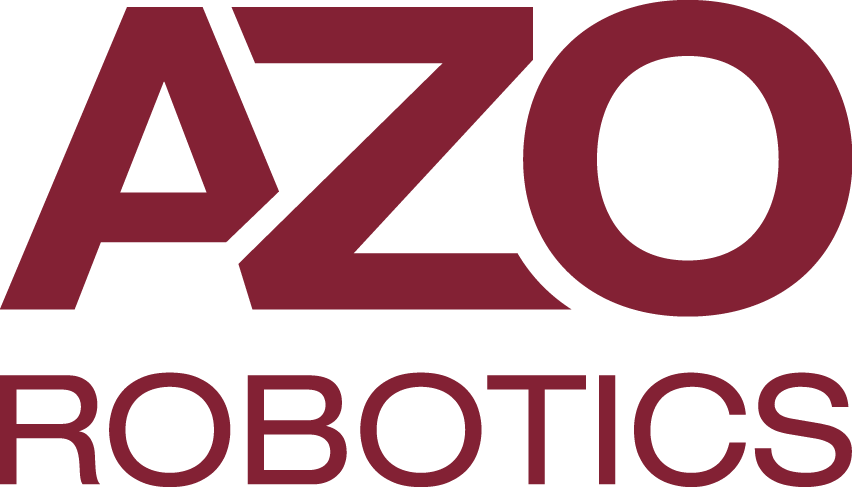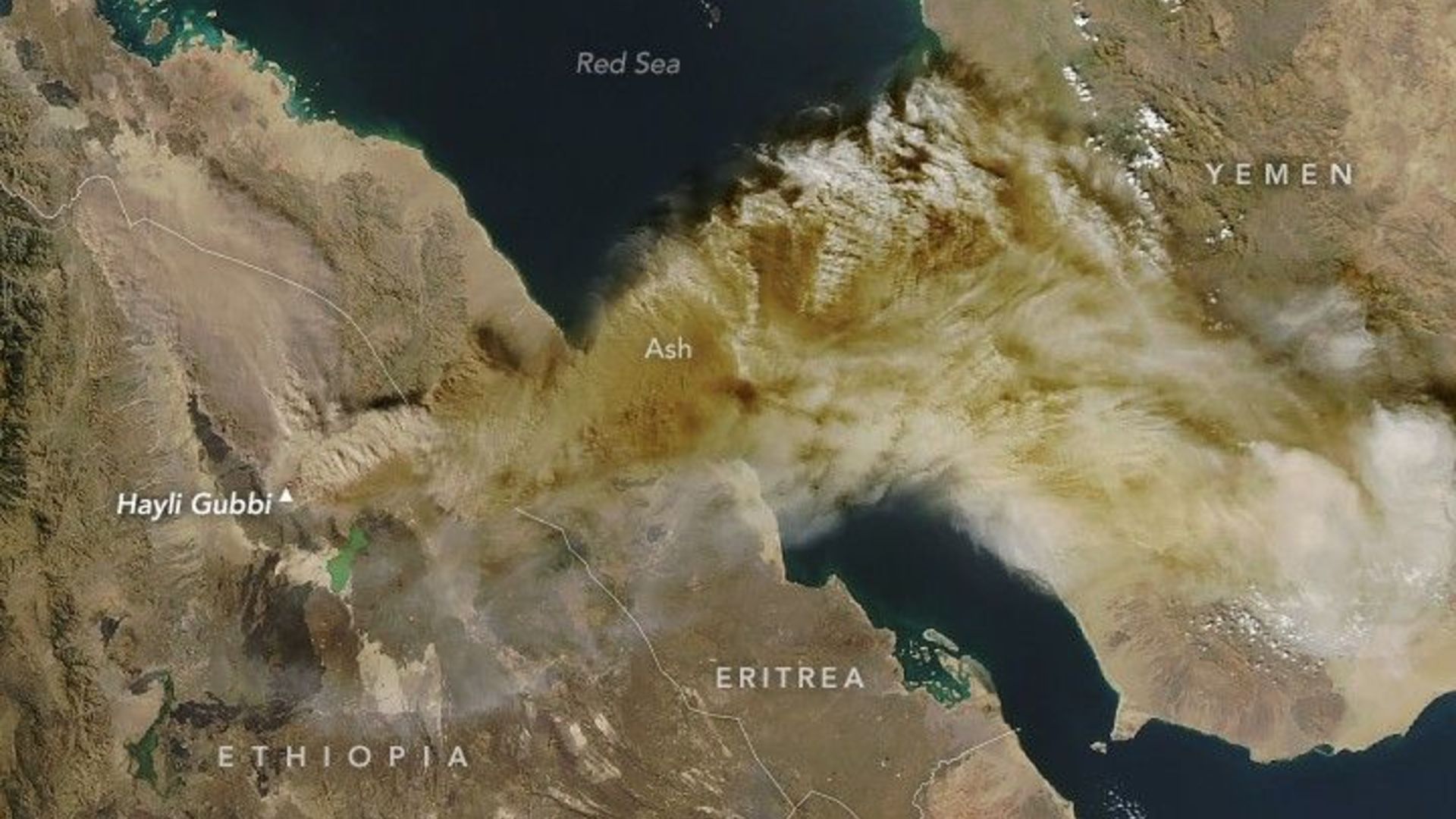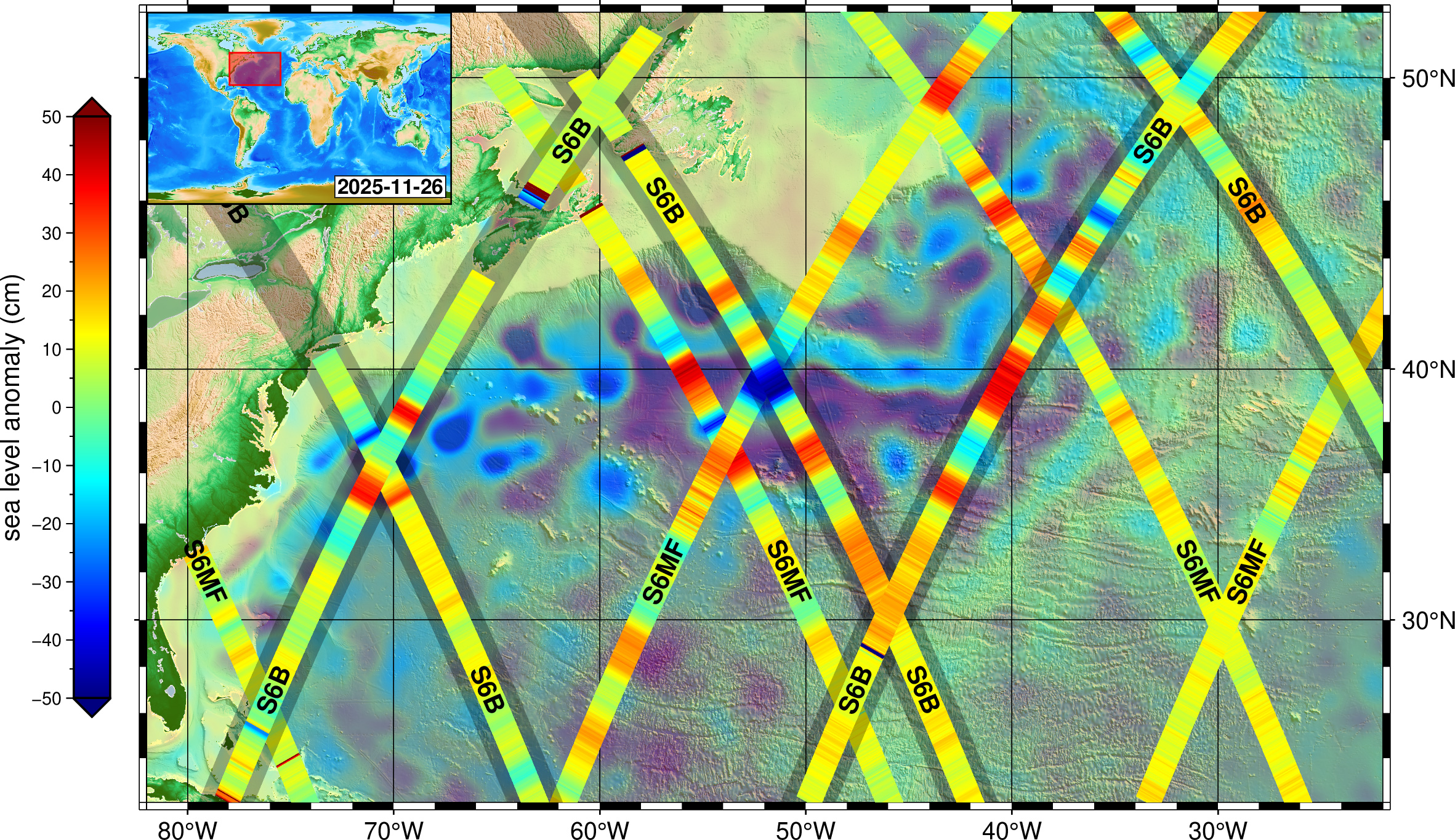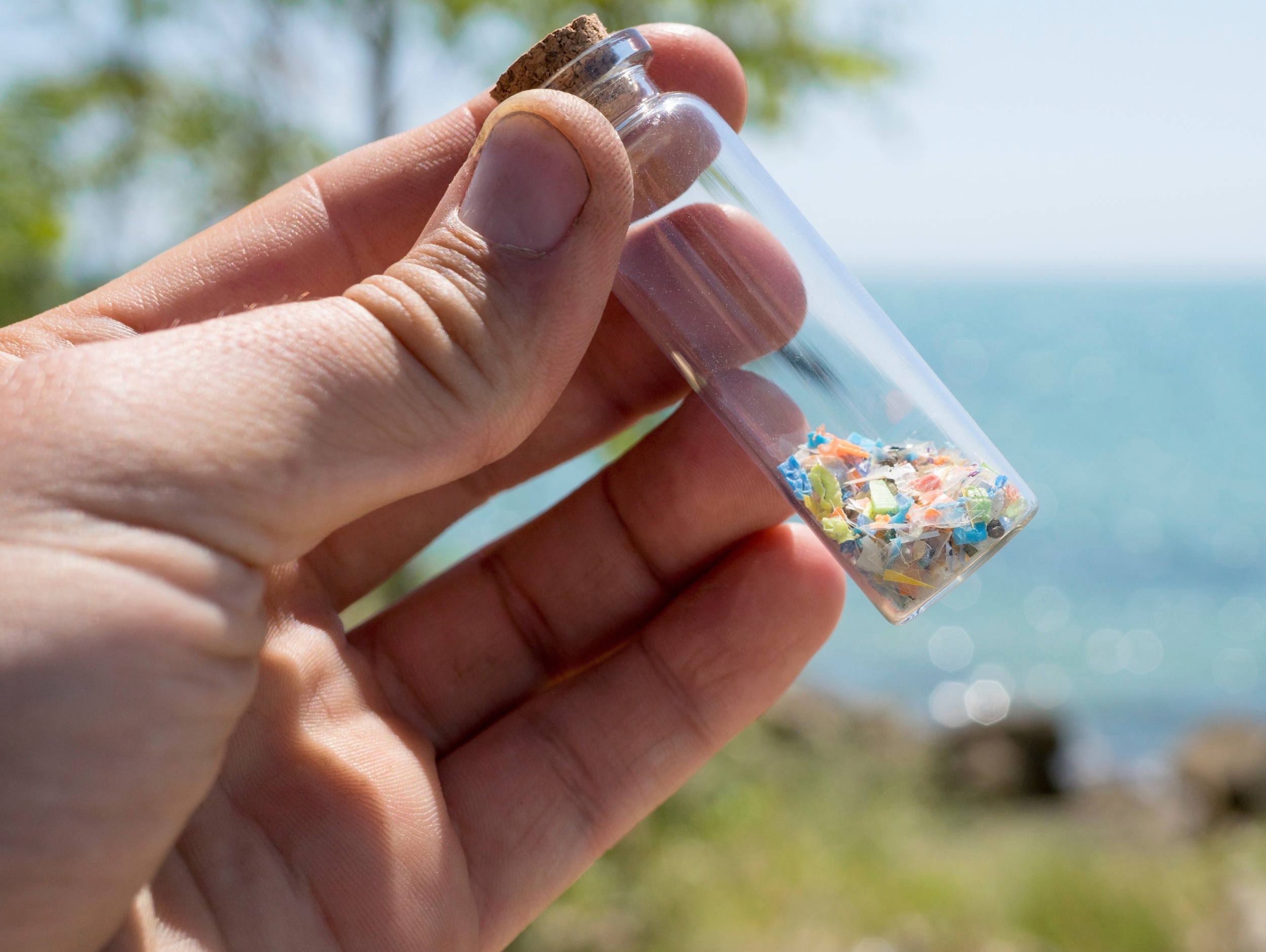Scientists have developed a new theoretical explanation for how living cells might generate electricity on their own. At the center of the idea is the cell membrane, the thin, flexible layer that surrounds every living cell and controls what…
Category: 7. Science
-

Robotics Information | AZoRobotics.com – Page not found
Terms
While we only use edited and approved content for Azthena
answers, it may on occasions provide incorrect responses.
Please confirm any data provided with the related suppliers or
…Continue Reading
-
How to see interstellar comet 3I/ATLAS as it swings by Earth one last time
This week marks the final opportunity for backyard astronomers to observe interstellar Comet 3I/ATLAS before it heads back toward the far reaches of space. The comet will pass within 167 million miles of Earth on Friday, December 19, appearing…
Continue Reading
-

First image from Sentinel-6B extends sea-level legacy
Applications 16/12/2025
153 views
3 likesCopernicus Sentinel-6B, launched last month, has reached its orbit and delivered its first set of data, which show variations in sea level in the North…
Continue Reading
-

‘Little Foot’ May Be a Whole New Member of Our Family Tree After All : ScienceAlert
One of the most famous hominin fossils may not be as familiar as we thought. The specimen, affectionately dubbed “Little Foot”, could represent an entirely new species.
Discovered in Sterkfontein cave in South Africa, Little Foot is believed…
Continue Reading
-

Satellite watches volcano spew ash over Middle East photo of the day for Dec. 16, 2025
In late November, Hayli Gubbi erupted explosively, sending a towering plume of ash and volcanic gases high into the atmosphere. The MODIS instrument on NASA’s Aqua satellite captured the dramatic scene just four hours after the eruption began….
Continue Reading
-

NASA, Partners Share First Data From New US-European Sea Satellite
In addition to measuring sea level, instruments aboard the satellite will gather information on wind speeds, wave heights, atmospheric temperature, and humidity. In turn, that data can be used by U.S. agencies as well as to refine the Goddard…
Continue Reading
-

Plastic pollution has reached one of Earth’s most isolated insects
Antarctica often feels like the last place plastic pollution could reach. Ice covers the land, human activity is limited, and the continent seems isolated from the daily environmental damage seen elsewhere.
For a long time, that isolation felt…
Continue Reading
-
Study finds some feathered dinosaurs couldn’t fly, highlighting complex evolution of flight-Xinhua
JERUSALEM, Dec. 16 (Xinhua) — Some dinosaurs that lived 160 million years ago had feathers but could not fly, a study by Tel Aviv University released Tuesday suggests, showing that the evolution of flight was more complex than previously…
Continue Reading
-

Bifunctional biomaterials for postoperative management of osteosarcoma
Background
Osteosarcoma is the most prevalent primary malignant bone tumor in children and adolescents. The current standard treatment involves a combination of chemotherapy and radical surgical resection. This approach, however,…
Continue Reading
